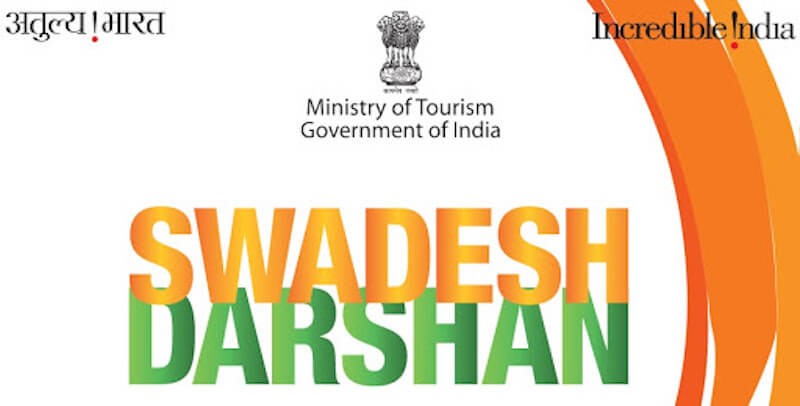Free Courses Sale ends Soon, Get It Now


Free Courses Sale ends Soon, Get It Now



Disclaimer: Copyright infringement not intended.
Context
Details
Global Tourism Industry
Indian Tourism Industry
Swadesh Darshan Scheme
Swadesh Darshan 2.0
PRASAD Scheme Overview
Objectives of the PRASAD Scheme:
Operation of PRASAD Scheme:
Selection Criteria:
Cities Identified:
Ajanta Caves
Ellora Caves
|
PRACTICE QUESTION Q. Evaluate the objectives and implementation strategies of the PRASAD and Swadesh Darshan schemes initiated by the Government of India for promoting tourism and cultural heritage. (15 marks) |
© 2024 iasgyan. All right reserved